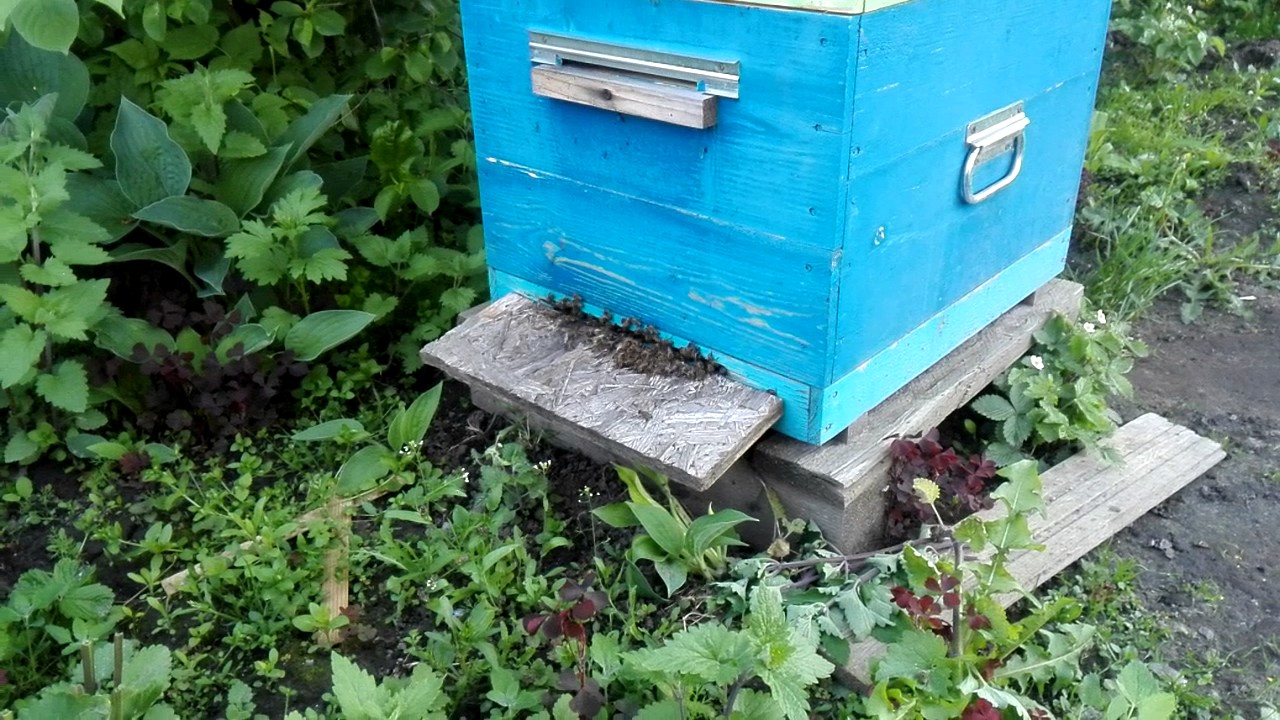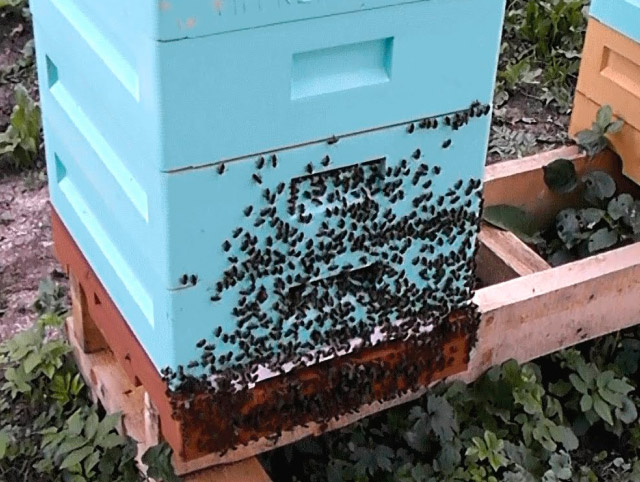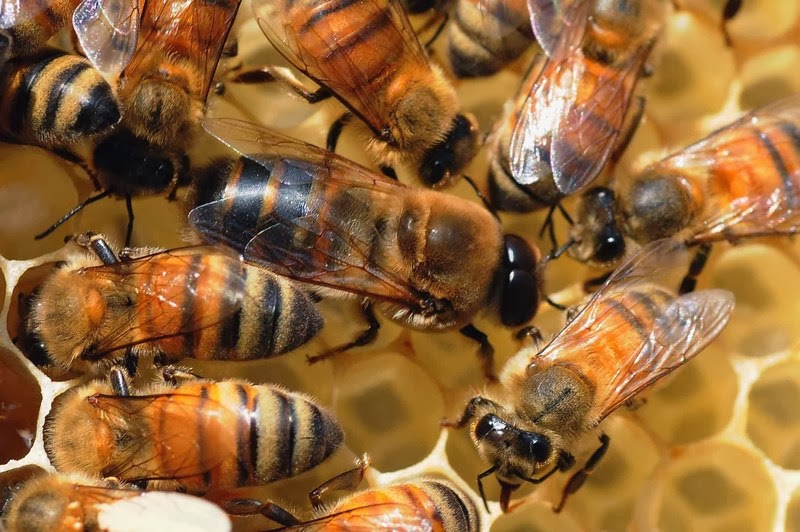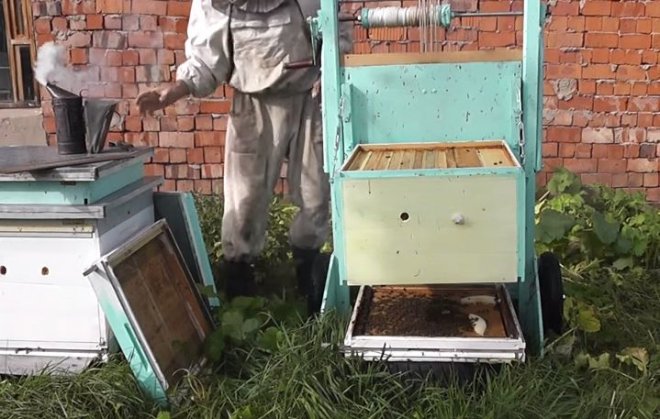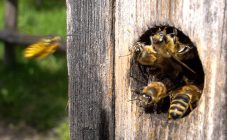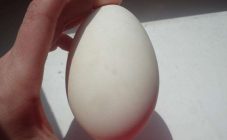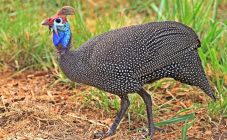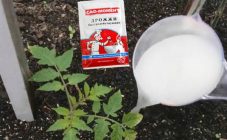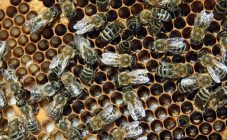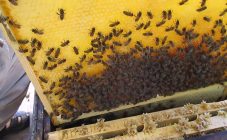Content:
With the onset of spring and summer, Hymenoptera are active. At this time, bees are engaged in various jobs that are determined by the needs of the family, physiological reactions and environmental conditions.
The landing board, as well as the entrance, reflect the state of the bee colony. An experienced beekeeper, thanks to a visual inspection, will find out a lot about the activities and the state of affairs:
- whether the uterus is fetal;
- how far the bees work;
- is the family healthy;
- what is the weather forecast;
- whence the flower nectar and pollen.
When bees sit on the board and do nothing, this is a reason for the beekeeper to think.
Bees on the boarding board: reasons
The primary reasons why bees sit in a bunch on the landing board and do not fly include the following.
Intensive collection of honey
A large accumulation of insects that try to enter the hive, interfering with each other, means the strength and fishing of the bee colony. Slow movements of bees, which are not able to quickly transport pollen inside, are caused by a full abdomen.
Swarming
In a bee colony that comes into a swarm state, habits change. In the evening and in the morning, the bees sit quietly on the boarding board, as if they are resting. In addition, additional parameters are characteristic:
- the hostess of the hive rapidly reduces productivity, the laying of eggs practically stops;
- wax sheets do not change;
- in the house of bees, in the evening, the song of the queens is heard, which precedes the battle between the young and active mistress;
- lull in the hive early in the morning, buzzing insects are inactive on the boarding board.
In the beginning, the number of bees ranges from 10 to 20. In the daytime, they fly away, with the onset of evening the number increases. A week later, the frontal wall of the hive is overgrown with bee mass or a hanging ball.
Then, during the day, the bee does not leave the rest area. Only in the heat and warm at night they fly out into the street. When opening the hive, bee clusters are observed that hang on the lower frame bars. If there is free space behind the insert board in the hive, the bees are also placed there.
Diseases
Sometimes field workers, for some unknown reason, crawl on the landing board with their wings spread apart. If you want to fly, insects immediately fall. Many dead larvae and adults are found near the bee house. This sign speaks of a defeat by an ailment that gives rise to:
- poor care;
- humidity in the hive;
- pest attacks;
- infectious pathologies.
The eve of bad weather
Sometimes in sunny weather, buzzing insects abruptly change their habits: they sit on the board, do not move and do nothing. There are no visible changes, life is raging in the bee house, but no one rushes to the meadow for the sugary vegetable juice. Such habits confirm the likelihood of rainfall.
Reasons for collecting bees in a bunch in a ball
In the summer season, a burst of bee activity occurs at sunrise. Nectar gatherers act energetically in sunny weather at temperatures of + 20 ... + 24 ° C.Temperature jumps above +32 ° С cause bees to passive state due to fatigue from heat. There is a collection of insects on the flight board. In the rain in summer and autumn, the intensity of flights decreases, or they do not occur.
When suddenly in a young family insects appear on the front wall and fuss, this warns of the death of the uterus, which has flown out for mating. It is valuable to find a mature mother plant in another hive and put it together with a frame in this family. After 1.5 hours, the Hymenoptera will calm down and the wall will clear.
The bees unite in groups and hang inactive - in response to stuffiness in the hive or a pre-battle state. Swarming signs:
- stopping feeding of the uterus;
- a sharp decrease in oviposition, moreover, a decrease in size and the acquisition of the ability to fly;
- bees gather in a ball on the walls of the house and do not fly behind the polish;
- suspension of honeycomb construction;
- the appearance of numerous brood drones;
- Hymenoptera gnaw the board;
- loud buzzing of bees.
With the arrival of spring, strong bee colonies own a large number of young bees. They do not feed brood. When during this period honey crops still do not emit nectar, the bees do not work, the family swarms:
- The presence of the old queen in the house, which exudes little pheromones: a mass of tinder fungi is formed, building activity decreases - the reason for the filling of the queen cells.
- Untimely enlargement of the building of the house.
- Insufficient aeration.
- Overcrowding leads to a lack of storage space for pollen, and the queen has no room to lay eggs. In addition, many buzzing insects gather near the uterus, causing crowding in the nest.
- Reproductive swarming. An overabundance of bee nurses to serve the queen. Unemployed nurses build swarms of queen cells. Their sealing leads to the fact that the old uterus, along with the swarm, leaves the hive.
- Location. Bees that live in hives in the sun swarm more often compared to houses in partial shade. Overheating of the hives is believed to be the culprit.
- Forced swarming. Evidence of the weakness of the family. The bee colony leaves the hive to survive, not multiply. The hive is empty. Migration is carried out in the non-war period: either in early spring or in autumn, there is a bribe available or not. Beekeepers often initiate swarming of bees to settle in new hives. The advantages of an artificial process over a natural one consist in obtaining bee colonies in the required time frame, in the required quantity and in optimal conditions. They use various manipulations: plaque on the uterus, the formation of layering, family separation.
Pumping bees near the entrance
When the Hymenoptera worm out and perch on the outside of the hive: under the landing board or entrance, as well as in the under-roof or behind the plug-in board, this is an anomalous incident for insects.
When rolled out, the bees form a ball and hang inactive during the day. Exhausted insects do not fly into the hive until the reasons that are responsible for it are eliminated.
To the factors why bees get tired near the entrance are counted:
- delay in building nests and tightness;
- the danger of breaking off the honeycomb due to poor ventilation on a sultry afternoon;
- at the stage of preparation for swarming; if old individuals get tired, the beekeeper should act carefully to avoid being bitten;
- with prolonged nest inspection, a significant number of buzzing insects emerge from the bee house and are placed on the front of the hive if the smoke is abused.
In addition, bees are beaten out by theft, attacks and fighting off fraudsters. Then the bees do not curl up into a ball, but sprinkle the wall of the hive in front of the entrance. Congestion and forced inaction reduce the fertility of the family. Therefore, the timeliness of eliminating the cause is appreciated, which gives rise to crowding of bees:
- Keeping families in multi-body hives;
- Expansion of nests;
- When transporting apiaries to melliferous plants, it is important to ventilate the bees;
- Sunshine is not the most suitable place for hives. If there is no way to avoid it, shade the house with improvised means.
Why bees close up the entrance
When bees seal the entrance with propolis in autumn, this warns of the approach of cold and frost. The procedure helps to prevent drafts and keep warmth in the house. If the notch is open, winter is predicted to be warm.
Folk signs
There are many signs among the people that are associated with bees and their habits:
- If bees do not fly in the morning, sit in hives, it will rain by noon.
- The flights of bees near the hives portend rain, in a distant field - a clear day.
- When insects do not hide in the hive under rain clouds, the storm will pass by.
- The early expulsion of the drones signals the imminent arrival of winter.
- The release of drone brood by buzzing insects in summer promises a prolonged period of cold rainfall.
- Cloudy in the morning and active honey collection - to improve the weather.
- The return of insects in groups in the morning or afternoon hours to the hives - to windy and rainy weather.
- The cheerfulness of the bees before the sun rises means that the rain is coming.
- When the bees hibernate in the wild, and fly out of the house in February, warm days are still far away.
- A snowstorm on Epiphany Christmas Eve portends good swarming.
- Bees sit in a heap on the walls of the hive - to extreme heat.
Why are bees gnawing the flight board
A distinctive feature of swarming is the reduction in laying. The number of unoccupied bees is increasing, which accumulate near the arrival board and hang in the form of a ball under the hive. Some individuals chew on the board. On a painted board, gnawed areas are easy to notice.
Being in a state of inactivity allows bees to extend their physiological youth and accumulate energy, which is used to equip a new nest.
Breeding bees is not an easy task. The beekeeper must take care of the cultivation, preservation, reproduction and health of the bee family. The beekeeper will need experience and skills for this, the main thing is observation.
